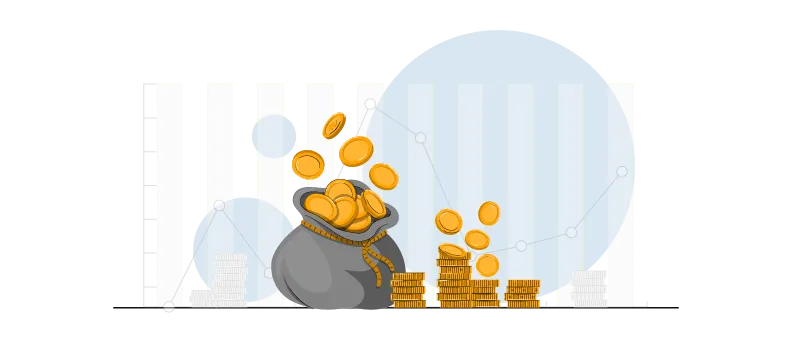Bajaj Finserv Liquid Fund is an open-ended scheme that invests primarily in money market and debt securities, such as commercial papers, treasury bills and certificates of deposit, with maturity of up to 91 days.
The scheme can be suitable for investors looking for a short-term investment avenue with the potential to generate regular income and reasonable returns at relatively low-to-moderate risk.
It may also be suitable for investors looking for an alternative to a traditional savings account. Additionally, it can be used to build an emergency corpus with liquidity, or to briefly park money in a relatively low-risk avenue while waiting for a suitable opportunity in equity. The scheme will invest predominantly in high-rated securities. Investments for Bajaj Finserv Liquid Fund start at Rs. 100.
Bajaj Finserv Liquid Fund - Regular & Direct Plans
When investing in the Bajaj Finserv Liquid Fund, investors can choose between two plans: a Direct Plan and a Regular Plan.
Regular Plan
This route involves investing through a distributor, who assists with scheme-selection, application and transactions. The expense ratio for this plan is higher, as it factors in the commission paid to the distributor by the Asset Management Company . However, the guidance provided can help investors align their choices with their individual financial objectives and risk tolerance.
Direct Plan
This plan may be suitable for those who prefer to manage their own investments. The expense ratio is typically lower for the direct plan. Over time, this can potentially result in slightly higher net returns.
How to invest in Bajaj Finserv Liquid Fund
You can invest in the Bajaj Finserv Liquid Fund through both online and offline modes.
-
Offline Mode: If you’re investing via a distributor, they will typically provide you with the necessary application form, assist with the documentation process, and submit the completed form on your behalf. Alternatively, if you prefer to invest directly with the AMC, you can submit the form at any of its official points of acceptance.
-
Online Mode: Investments can be made using your Demat or online trading account. You also have the option to visit the Bajaj Finserv AMC’s investor portal, set up an online account, and begin investing seamlessly.
Taxation on Bajaj Finserv Liquid Fund
Taxation on the Bajaj Finserv Liquid Fund follows the current rules for debt-oriented schemes . Capital gains on investments made on or after April 1, 2023, are taxed based on the investor’s income tax slab, regardless of how long the investment is held. Consulting a financial advisor can help understand the tax implications in more detail.
Explore Related Debt Funds
Explore All Schemes



